In order to understand the nature of a cue like the Inverted W, it is helpful to understand its history.
The Obsession with Velocity
Pitchers and their parents tend to be almost universally obsessed with velocity.
That is why most pitching sites and videos talk about how much velocity their program can help pitchers gain.
Being a bit late to the game, near as I can tell the Inverted W grew out of Paul Nyman's work into Scapular Loading. Paul Nyman discovered that Scapular Loading could help increase a pitcher's velocity. This was particularly true if the Scapular Loading was done with the elbows elevated; the higher the elbows, the greater the velocity boost.
Paul Nyman's work on Scapular Loading was then picked up by Tom House. House was a private pitching coach and then the pitching coach at USC. House taught the Inverted W to his pupils, including Mark Prior, Anthony Reyes, and Ian Kennedy.
The Proliferation of the Inverted W
The belief that there is an upside to rushing is based on studying the arm actions of some of the hardest-throwing pitchers and, in particular, their scapular loading. Pitchers whose arm actions were studied and copied include John Smoltz, Billy Wagner, and Joel Zumaya.
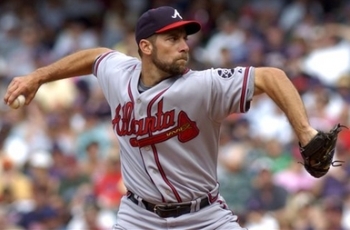
John Smoltz's Inverted W
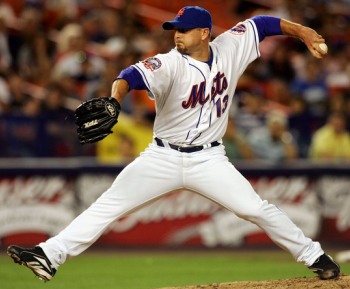
Billy Wagner's Inverted V

Joel Zumaya's Inverted V
While the pitchers above likely came up with their arm actions on their own, and stuck with those arm actions due to their effectiveness, pitching instructors like Paul Nyman then developed a set of cues, the most prominent of which is to "Break the hands with the elbows," that can increase the likelihood that the pitcher will develop and inverted arm action and provide them with a velocity boost.[2] Those cues were then used to mold the arm actions of pitchers like Mark Prior and Anthony Reyes.
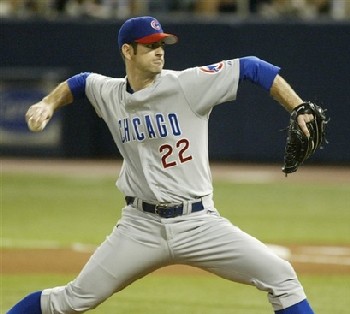
Mark Prior's Inverted W
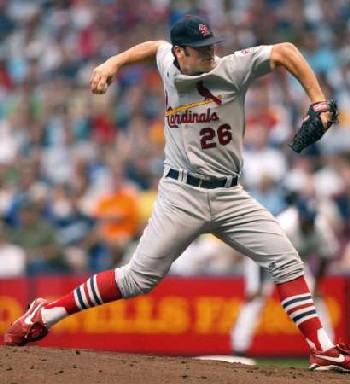
Anthony Reyes' Inverted W
Brandon McCarthy and others saw the success of pitchers like Mark Prior and decided to emulate the Inverted W arm action.
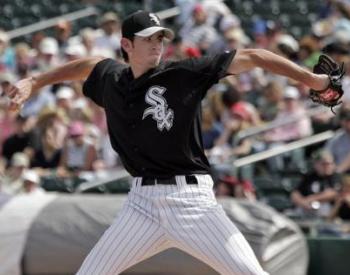
Brandon McCarthy's Inverted W